CHEMICAL IDENTIFICATION
-
RTECS NUMBER :
-
NJ5199900
-
CHEMICAL NAME :
-
Imidazo(4,5-b)pyridine, 2-amino-1-methyl-6-phenyl-
-
CAS REGISTRY NUMBER :
-
105650-23-5
-
LAST UPDATED :
-
199712
-
DATA ITEMS CITED :
-
31
-
MOLECULAR FORMULA :
-
C13-H12-N4
-
MOLECULAR WEIGHT :
-
224.29
-
WISWESSER LINE NOTATION :
-
T56 BN DN FNJ B1 CZ HR
HEALTH HAZARD DATA
ACUTE TOXICITY DATA
-
TYPE OF TEST :
-
TDLo - Lowest published toxic dose
-
ROUTE OF EXPOSURE :
-
Oral
-
SPECIES OBSERVED :
-
Rodent - rat
-
DOSE/DURATION :
-
8736 mg/kg/52W-C
-
TOXIC EFFECTS :
-
Tumorigenic - Carcinogenic by RTECS criteria Gastrointestinal - tumors
-
TYPE OF TEST :
-
TDLo - Lowest published toxic dose
-
ROUTE OF EXPOSURE :
-
Oral
-
SPECIES OBSERVED :
-
Rodent - mouse
-
DOSE/DURATION :
-
37056 mg/kg/83W-C
-
TOXIC EFFECTS :
-
Tumorigenic - equivocal tumorigenic agent by RTECS criteria Gastrointestinal - tumors
-
TYPE OF TEST :
-
TD - Toxic dose (other than lowest)
-
ROUTE OF EXPOSURE :
-
Oral
-
SPECIES OBSERVED :
-
Rodent - rat
-
DOSE/DURATION :
-
4200 mg/kg/44W-I
-
TOXIC EFFECTS :
-
Tumorigenic - equivocal tumorigenic agent by RTECS criteria Gastrointestinal - tumors
-
TYPE OF TEST :
-
TD - Toxic dose (other than lowest)
-
ROUTE OF EXPOSURE :
-
Oral
-
SPECIES OBSERVED :
-
Rodent - rat
-
DOSE/DURATION :
-
449 mg/kg/8W-I
-
TOXIC EFFECTS :
-
Tumorigenic - Carcinogenic by RTECS criteria Skin and Appendages - tumors
-
TYPE OF TEST :
-
DNA adduct
-
TYPE OF TEST :
-
DNA adduct
-
TYPE OF TEST :
-
Micronucleus test
-
TYPE OF TEST :
-
Micronucleus test
-
TYPE OF TEST :
-
Cytogenetic analysis
-
TYPE OF TEST :
-
Sister chromatid exchange
-
TYPE OF TEST :
-
Sister chromatid exchange
-
TYPE OF TEST :
-
Mutation in mammalian somatic cells
MUTATION DATA
-
TYPE OF TEST :
-
Mutation in mammalian somatic cells
-
TEST SYSTEM :
-
Rodent - hamster Lung
-
DOSE/DURATION :
-
10 umol/L
-
REFERENCE :
-
MUREAV Mutation Research. (Elsevier Science Pub. B.V., POB 211, 1000 AE Amsterdam, Netherlands) V.1- 1964- Volume(issue)/page/year: 325,125,1994 *** REVIEWS *** IARC Cancer Review:Animal Sufficient Evidence IMEMDT IARC Monographs on the Evaluation of Carcinogenic Risk of Chemicals to Man. (WHO Publications Centre USA, 49 Sheridan Ave., Albany, NY 12210) V.1- 1972- Volume(issue)/page/year: 56,229,1993 IARC Cancer Review:Human Inadequate EvidenceE IMEMDT IARC Monographs on the Evaluation of Carcinogenic Risk of Chemicals to Man. (WHO Publications Centre USA, 49 Sheridan Ave., Albany, NY 12210) V.1- 1972- Volume(issue)/page/year: 56,229,1993 IARC Cancer Review:Group 2B IMEMDT IARC Monographs on the Evaluation of Carcinogenic Risk of Chemicals to Man. (WHO Publications Centre USA, 49 Sheridan Ave., Albany, NY 12210) V.1- 1972- Volume(issue)/page/year: 56,229,1993
|
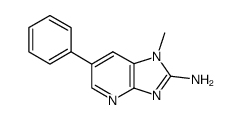
![1-methyl-6-phenylimidazo[4,5-b]pyridine Structure](https://www.chemsrc.com/caspic/172/125572-33-0.png) CAS#:125572-33-0
CAS#:125572-33-0![2-amino-1-methylbenzothieno[3,2-e]imidazo[4,5-b]pyridine Structure](https://www.chemsrc.com/caspic/387/878996-00-0.png) CAS#:878996-00-0
CAS#:878996-00-0![2-azidobenzo[b]thiophene-3-carbaldehyde Structure](https://www.chemsrc.com/caspic/188/39827-54-8.png) CAS#:39827-54-8
CAS#:39827-54-8![2-Bromobenzo[b]thiophene-3-carbaldehyde Structure](https://www.chemsrc.com/caspic/293/39856-98-9.png) CAS#:39856-98-9
CAS#:39856-98-9![1-methyl-6-phenyl-2-N-(p-toluenesulfonyl)aminoimidazo[4,5-b]pyridine Structure](https://www.chemsrc.com/caspic/010/1097725-70-6.png) CAS#:1097725-70-6
CAS#:1097725-70-6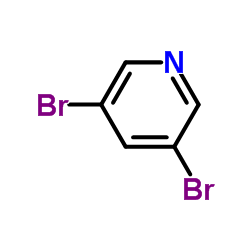 CAS#:625-92-3
CAS#:625-92-3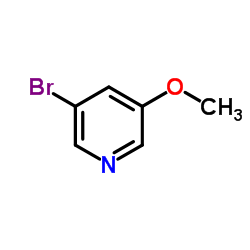 CAS#:50720-12-2
CAS#:50720-12-2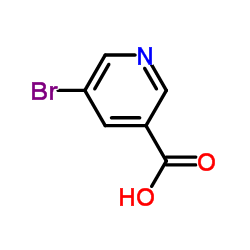 CAS#:20826-04-4
CAS#:20826-04-4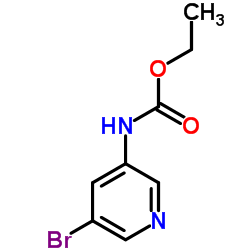 CAS#:152684-24-7
CAS#:152684-24-7![1-Methyl-2-nitro-6-phenylimidazo[4,5-B]pyridine structure](https://www.chemsrc.com/caspic/296/129018-59-3.png) CAS#:129018-59-3
CAS#:129018-59-3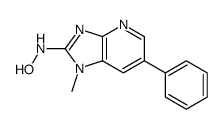 CAS#:124489-20-9
CAS#:124489-20-9